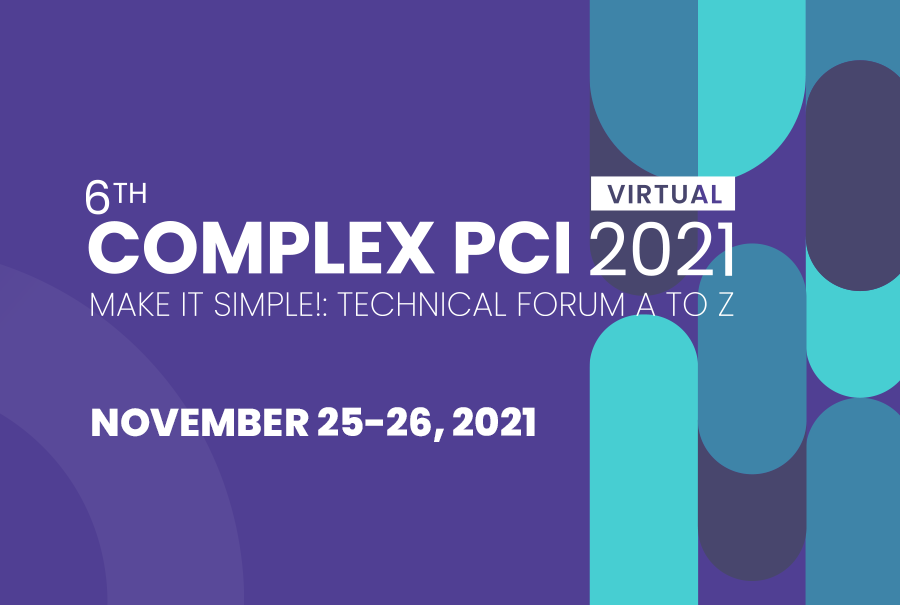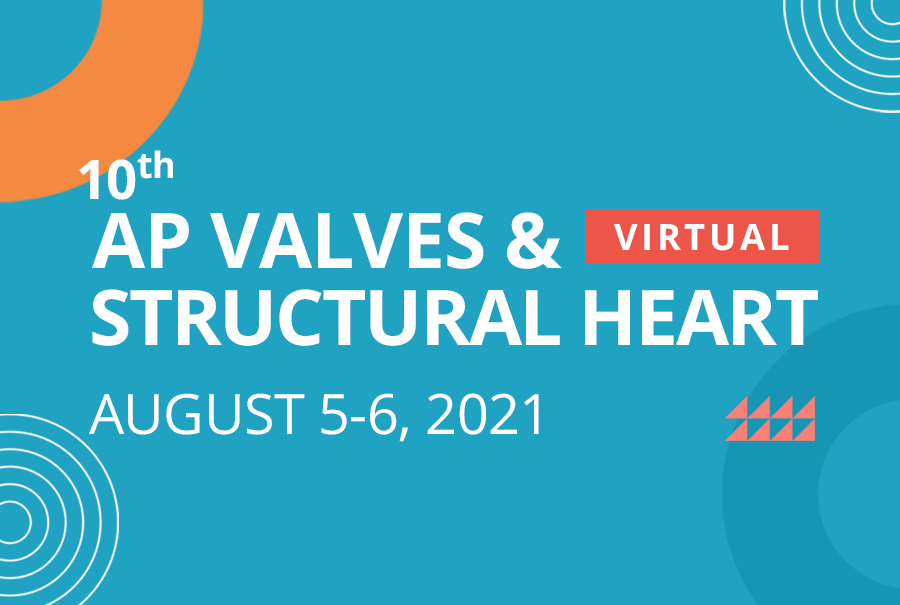COMPLEX PCI 2021 Virtual
More Tools, But Not Enough Strategy: How to Select the Right Device for Calcified Lesions
A treatment algorithm based on calcified vessel imaging can help guide the complicated device selection process for complex percutaneous coronary intervention (PCI), an expert said. "We just don't have comparative studies to say which technology is better for calcified lesions, and current major guidelines have no strong recommendations for a particular strategy," Ajay J. Kirtane, MD (Columbia University Irving Medical Center New York-Presbyterian Hospital, New York, USA) said at the COMPLEX PCI 2021 virtual conference on Nov. 25. "Choosing a device that operators are most familiar with cannot the best way to treat patients," he said. "But since both orbital atherectomy and rotational atherectomy are useful in severe cases of calcification and one is not clearly superior, we need a treatment algorithm based on the particular length, arc, and thickness of calcification." Coronary calcification is a long-standing complex enemy of PCI that raises the risk of procedural complications and worsens long-term outcomes. Calcification contributes to the "highest risk" lesion and refers to the buildup of calcium in the artery. The presence of the stiffening substance acts bars stents from expanding inside coronary vessels during PCI. The inability of full stent dilation in the vessel can lead to major complications such as reduced or no blood flow, in-stent thrombosis (IST), and myocardial infarction (MI). Rates of long-term adverse events in severely calcified lesions, even with conventional second-generation drug-eluting stents (DES), are "remarkably high." The TWENTE II study1 previously reported a 16.4% rate of target vessel failure (TVF) in calcified lesions versus 9.8% in non-calcified lesions. "Better recognition and diagnosis of calcified lesions could help decrease the amount of post-PCI complications," Kirtane said. The problem is that we have new stents that go places that they couldn't before, and they're going in vessels with undetected or not fully modified calcified lesions." Lukewarm recommendations from major guidelines also created more ambiguity, resulting in interventionalists selecting adjunctive plaque modifying systems based on familiarity since no device has emerged as superior. The 2011 American College of Cardiology Foundation, American Heart Association, and Society for Cardiovascular Angiography and Interventions (ACCF/AHA/SCAI) guideline and the 2014 European Society of Cardiology and European Association of Percutaneous Cardiovascular Interventions (ESC/EASPCI) guideline for PCI in calcified lesions shows a Class IIa endorsement for rotational atherectomy as the strongest recommendation; no strategy carries a Class I recommendation. Several simplified interventional strategies published both before and after the advent of intravascular lithotripsy (IVL) have delineated treatment based on the severity of calcification. According to these strategies, imaging is crucial to arbitrate severity in cases of moderate calcification. "The right way to treat calcified lesions is certainly not direct stenting. Modifying the plaque first is important but a variety of plaque modifying strategies exist," Kirtane said. "It's not just about getting the stent to go where it needs to go, but expanding the stent in the lumen for an adequate flow that maintains over time." Image-based calcification scoring to predict fracture success Because calcified vessels prevent full expansion of stents, specialized devices need to break up the calcium before stent deployment. Traditionally, cutting and scoring balloons such as the non-compliant (NC) balloon and AngioSculpt are used to modify calcified lesions. It's not just getting the stent to go where it needs to go, but expanding it in the lumen for adequate flow that maintains over time. Ajay J. Kirtane, MD NC balloons, although helpful, are difficult to deliver in highly calcified lesions with tight spaces. Here, image-based calcification scoring systems can help predict the fracture success. "Imaging is a must - if you don't image, you don't know what you're dealing with," Kirtane said. "You can't diagnose the calcium without imaging, and you also might misdiagnose the type of calcium -such as eccentric, nodular, or concentric calcium - and choose the wrong device." "Decision-making based on imaging can dictate not only the treatment algorithm but also ensure fracture success before the stent implementation to confirm residual calcification and optimize stenting." One such calcification scoring system is the Calcium Volume Index (CVI) based on the optical coherence tomography (OCT) imaging modality. Studies have shown that a greater angle of calcification (≥180 degrees), thicker calcium (≥0.5 mm), and longer calcium length (≥5.0 mm) contribute to a greater probability of inability to crack the calcium, expand stents, and use of adjunctive plaque modifying technology. Intravascular ultrasound (IVUS)-based indexes have proved similar results. When cutting or scoring balloons aren't enough, adjunctive plaque modifying devices including IVL, rotational atherectomy, and coronary orbital atherectomy can break down calcium. Intravascular Lithotripsy IVL demonstrated a high success rate in a pooled analysis of the DISRUPT CAD studies with a near 99% success rate even when 97% of patients had severe calcification. Predilation was employed in roughly half (47.6%) of patients with moderate mean diameter stenosis (63.7%). "The overall rate of success of IVL delivery was quite high. The results are good even though most lesions in the DISRUPT CAD study could be crossed for successful stent delivery," Kirtane said. "The learning curve isn't steep, provided that operators are familiar with complex PCI techniques such as guide extensions, aggressive predilation, and good guide support." Rotational vs. orbital atherectomy Although employment of coronary atherectomy is rising, recent data shows that only two-thirds of U.S. hospitals equipped with PCI performed an atherectomy. More than a third did not perform any. Rotational and orbital atherectomy rates were well under 4%, indicating a "clear gap regarding familiarity, training, and backup" with the plaque modifying systems. The traditional system for atherectomy is the Rotablator system (Boston Scientific), now upgraded to an "easier to learn and use" RotaPRO system. The upgrade features an all-controlling hand controller with the removal of the foot pedal. The randomized ROTAXUS trial in 2013 showed similar success rates between the rotablator and balloon-based strategies but better outcomes with rotablator in a cohort of severely calcified lesions. The PREPARED-CALC study showed rotational atherectomy had more strategy success than angiosculpt-based technology. However, modified balloons also showed a positive 80% success rate and the remainder crossing over to atherectomy. An experienced operator would recognize the stakes and know when or when not to perform an atherectomy - the idea is to get facile at both. Ajay J. Kirtane, MD One issue to look out for is the so-called "Rota Regret," wherein a failed provisional rotablator spells trouble. The ROTATE2 trial showed provisional rotablating was associated with longer procedure time (65.2 min vs. 84.4 min, p
November 25, 2021 15915






















